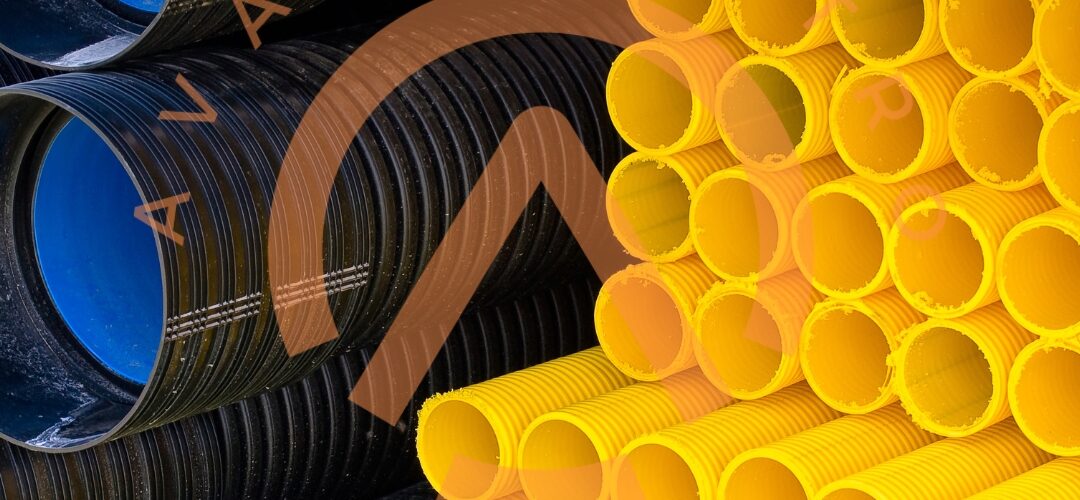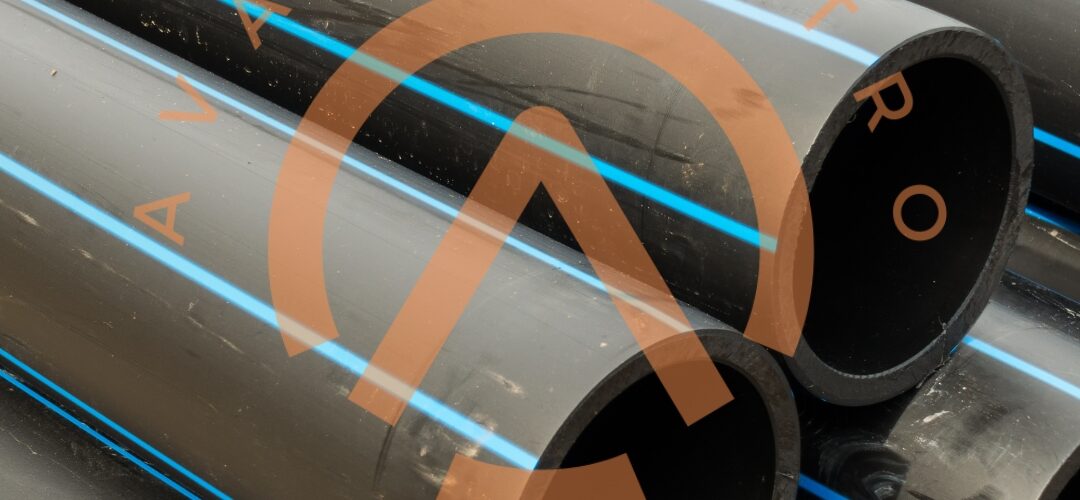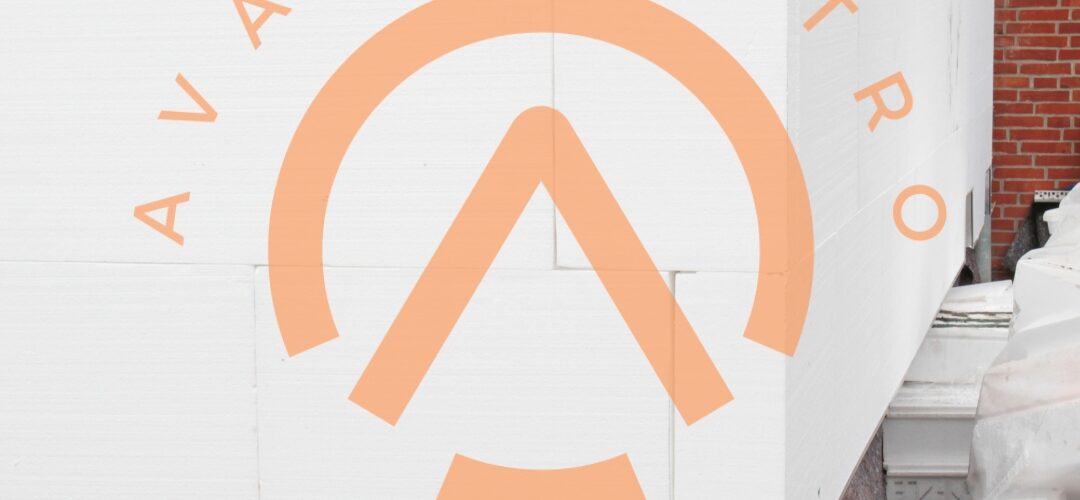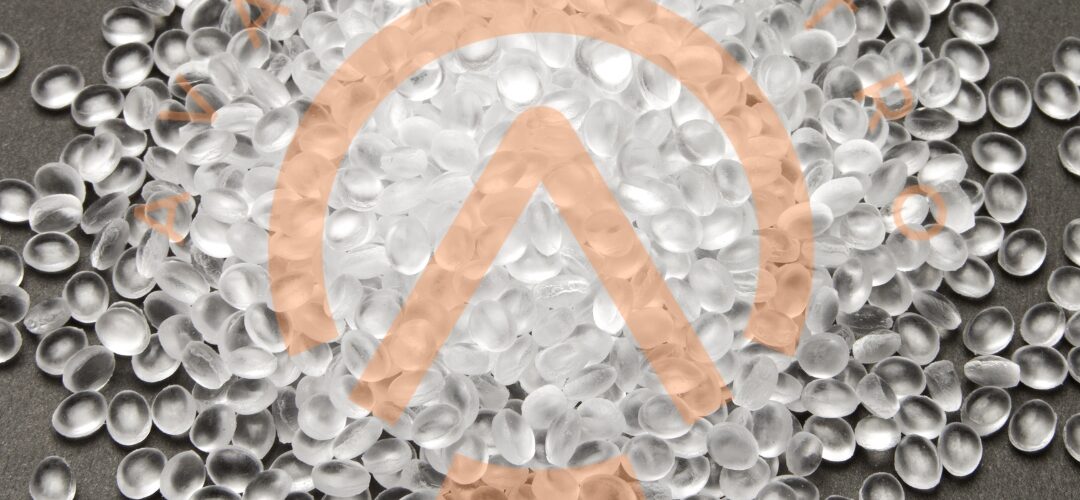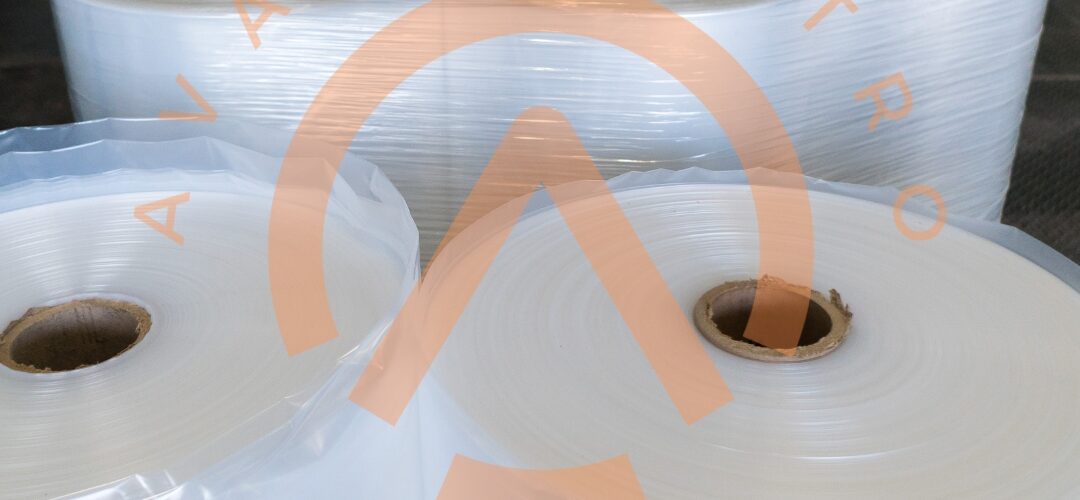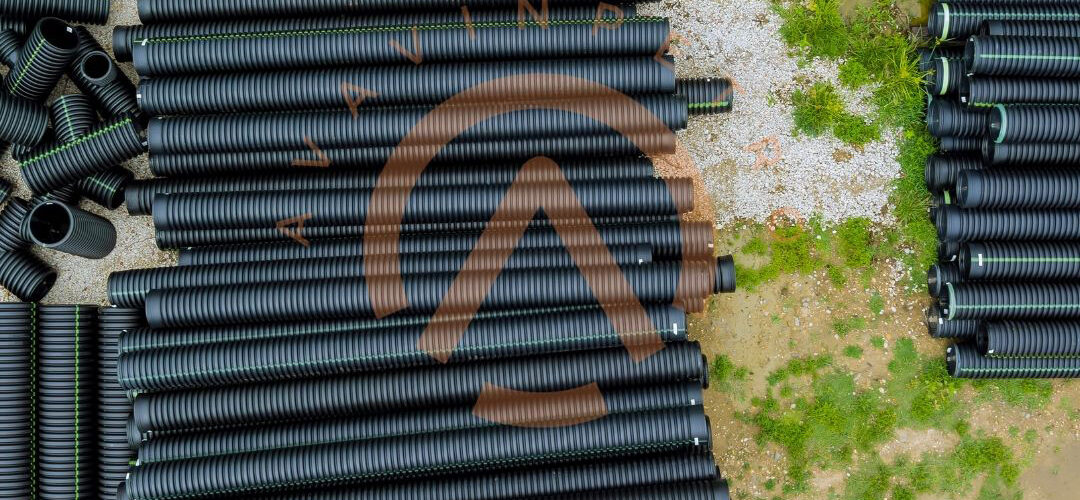What is the difference between masterbatches and compounds?
Introduction
In the world of polymer processing, masterbatches and compounds play crucial roles in enhancing the properties of plastics and providing specific functionalities. These additives are widely used in various industries, from automotive to packaging, to achieve desired characteristics in end products. This article will delve into the differences between masterbatches and compounds, shedding light on their compositions, applications, and advantages.
What is a Masterbatch?
A masterbatch is a concentrated mixture of pigments, additives, or fillers that are dispersed into a carrier resin, usually the same polymer as the final product. The primary purpose of masterbatches is to impart color, improve processing, and introduce specific performance attributes to the end product. The process of adding masterbatches to the base resin is known as masterbatching.
Masterbatches come in various forms, including liquid, solid, or pellet, and they are typically added during the manufacturing process of plastics. They act as a cost-effective way to enhance the properties of the final product, as only a small amount of masterbatch is needed to achieve the desired effect.
Key Characteristics of Masterbatches
1. Versatility: Masterbatches are highly versatile, allowing manufacturers to customize products with various colors and properties efficiently.
2. Improved Processing: By using masterbatches, the processing of pigments and additives is streamlined, leading to better dispersion and consistent quality.
3. Cost-Effectiveness: As only a small amount of masterbatch is required, it reduces the overall cost of incorporating additives into the polymer.
What is a Compound?
A compound, on the other hand, is a pre-mixed blend of polymer resins, additives, fillers, and reinforcements that are ready for direct processing into end products. Unlike masterbatches, compounds are complete formulations and do not require further blending before use. They are specifically designed to meet precise performance requirements and are available in different pellet sizes.
Compounding is a highly controlled process that involves mixing raw materials at a precise ratio to ensure uniform distribution of additives throughout the polymer matrix. This results in consistent product quality and performance, making compounds ideal for applications where precise material specifications are essential.
Key Characteristics of Compounds
1. Tailored Formulations: Compounds are formulated to cater to specific application needs, such as flame retardancy, UV resistance, or mechanical strength.
2. Ready-to-Use: Unlike masterbatches, compounds are pre-blended and ready for direct processing, saving time and effort during production.
3. Consistent Quality: The controlled compounding process ensures consistent distribution of additives, leading to uniform product properties.
Masterbatches vs. Compounds: A Comparative Analysis
| Aspect | Masterbatches | Compounds |
| Composition | Concentrated mixture | Pre-mixed blend |
| Additive Incorporation | Added to base resin during processing | Ready for direct processing |
| Application | Enhances properties and imparts color | Tailored to specific needs |
| Cost | Economical due to lower quantities | May have higher upfront cost |
| Manufacturing Flexibility | Highly flexible | Formulation-dependent |
| Uniformity | May require additional dispersion | Uniform distribution |
| Customization | Offers various customization options | Precisely tailored solutions |
Applications of Masterbatches
Masterbatches find application across diverse industries due to their versatility and cost-effectiveness. Some of the key
applications include:
1. Packaging: In the packaging industry, masterbatches are used to impart color to plastic films, bottles, and containers, enhancing brand identity and appeal.
2. Automotive: Masterbatches are widely utilized in the automotive sector to provide color and improve the UV resistance and weatherability of various components.
3. Textiles: In the textile industry, masterbatches are used for dyeing synthetic fibers, providing a wide range of vibrant colors and functional properties.
4. Electronics: Masterbatches are employed in the electronics industry to manufacture durable and aesthetically appealing casings for electronic devices.
5. Agriculture: In agriculture, masterbatches are used in the production of greenhouse films, irrigation pipes, and mulch films to enhance performance and longevity.
Applications of Compounds
Compounds are designed to cater to specific application needs, and as such, they are prevalent in various industries
for precise performance requirements. Some notable applications include:
1. Electrical: Compounds are widely used in electrical applications to provide flame retardancy and electrical insulation properties in cables and connectors.
2. Construction: In the construction industry, compounds are employed for manufacturing pipes, fittings, and profiles with enhanced mechanical properties and weather resistance.
3. Medical: Compounds are utilized in the medical field to produce sterile and biocompatible products, such as medical tubing and surgical instruments.
4. Consumer Goods: Compounds find application in consumer goods, like household appliances, where they enhance appearance, durability, and performance.
5. Industrial Components: In industrial settings, compounds are used to manufacture gears, bearings, and other components with excellent wear resistance and mechanical strength.
FAQs
Q: Can I use a masterbatch and a compound together in the same product?
Yes, it is possible to use both a masterbatch and a compound together in the same product. Manufacturers often combine masterbatches and compounds to achieve specific properties and colors in the final product.
Q: Are masterbatches and compounds environmentally friendly?
Both masterbatches and compounds can be formulated to be environmentally friendly. However, the environmental impact depends on the type of additives and resins used in their composition.
Q: How do I choose between a masterbatch and a compound for my application?
The choice between a masterbatch and a compound depends on your specific application requirements. If you need to customize the properties of the base resin, a masterbatch may be suitable. On the other hand, if you require a ready-to-use solution with precise performance characteristics, a compound would be the better option.
Q: Are masterbatches and compounds suitable for food-contact applications?
Yes, masterbatches and compounds can be formulated to meet regulatory standards for food-contact applications. It is essential to choose approved additives and resins for such applications.
Q: Can I develop my custom masterbatch or compound formulation?
Yes, you can work with polymer processing experts to develop custom masterbatch or compound formulations tailored to your specific needs and application requirements.
Q: How can I ensure the quality of masterbatches and compounds?
To ensure the quality of masterbatches and compounds, collaborate with reputable suppliers who follow strict quality control procedures and use high-quality raw materials.
Conclusion
In conclusion, both masterbatches and compounds are essential tools in the field of polymer processing, each serving distinct purposes. Masterbatches offer versatility and cost-effectiveness, making them ideal for a wide range of applications, while compounds provide precise, ready-to-use solutions tailored to specific requirements. By understanding the differences between these additives, manufacturers can make informed decisions and achieve optimal performance in their products.


